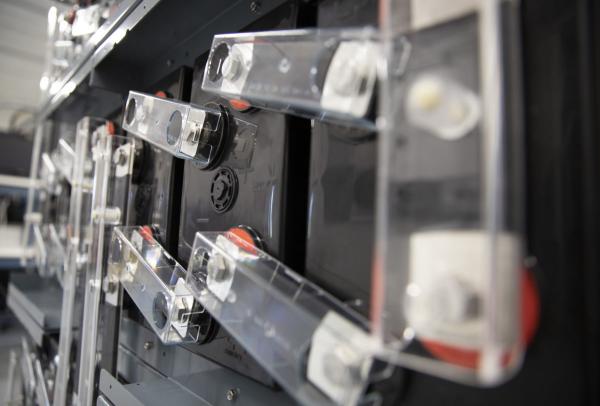Battery energy storage has become the mainstream of today's energy storage industry development
Initially, grid connection was purely for scientific or ideological reasons, and as regions and businesses offered incentives and solar PV lowered the cost curve, people used solar PV to save on electricity bills. In 2004, PV system installations without batteries surpassed battery-based systems for the first time¡ªand by 2010, solar-plus-storage systems were classified as a small part of the booming solar industry. But now, the industry is in full swing.
In October 2015, Hawaii's Public Utilities Commission became the first agency in the United States to begin restricting direct grid PV installations due to the impact of midday power exports on the local grid. The new system will not allow surplus power to be sent back to the grid indiscriminately. With a small but thriving number of businesses still installing off-grid and backup systems, many Hawaiian solar customers have deployed batteries to ensure their PV output is stored overnight rather than pushed back to the grid.
Since then, utility rates in several more states have become more complicated, in part to discourage the export of solar PV power to the grid at inopportune times. The industry is responding by supplying batteries to most new solar customers. While the added cost of batteries makes the financial returns of these PV systems less substantial than direct grid models, batteries provide system owners with additional resiliency and control ¡ª increasingly important to consumers and businesses alike. All industry signs are clear: energy storage will be part of most solar PV systems in the future.
Off-grid and PV backup suppliers have long been quietly supporting solar-plus-storage applications, while the largest U.S. solar PV installers like Sunrun, SunPower, and Tesla have begun supplying batteries to their customers over the past few years product. Both companies continued to report sharp increases in the share of their traditional pure-play PV products in battery sales. The advent of well-packaged, long-life lithium-ion batteries has made energy storage more attractive to consumers.
When the giants of the solar industry start supporting batteries, their marketing, messaging and political clout raise awareness among consumers, businesses and governments. Their smaller competitors also get involved so they don't fall behind.
Now, one of the surest signs of batteries becoming mainstream in homes and businesses is their inclusion in the latest regulations and standards. Building and electrical codes issued in 2017 and 2018 recognized batteries, but few insisted on adhering to the then-new UL 9540 safety testing standard.
The authoritative battery safety standard, National Fire Protection Association (NFPA) 855, was released in late 2019 following fruitful engagement between industry representatives and NFPA, the nation¡¯s leading setter of safety regulations. The next round of codes starting with the 2020 National Electrical Code has been or will be harmonized with NFPA 855 to provide inspectors and building officials with the same level of guidance as HVAC, water heaters, and windows, among others.
In addition to ensuring safe installation, these standardized requirements help building officials and inspectors to continuously enforce safety requirements, which makes them more comfortable when dealing with batteries and related equipment. As inspectors and officials develop procedures to allow and approve battery installations, the risk and time associated with these critical steps are reduced, resulting in shorter project times, lower costs and improved customer experience. Like previous indicators, this is a positive strengthening cycle that will continue to drive growth in the rapidly maturing solar-plus-storage segment.
As more and more batteries are added to the grid, many exciting applications become possible. Multiple virtual power plant (VPP)-type programs have recently been established on both coasts, enabling households and businesses to use their profitable battery systems to provide essential services to keep the grid stable.
Utilities continue to push the envelope with increasingly complex rate structures that more accurately reflect their costs and the environmental impact of real-time supply. Customers increasingly need energy storage to control their electricity bills. As climate change leads to more extreme weather and associated power outages, the value and importance of backup and resilience will only increase. In the process, the cycle continues to accelerate and intensify.
Edit by editor


